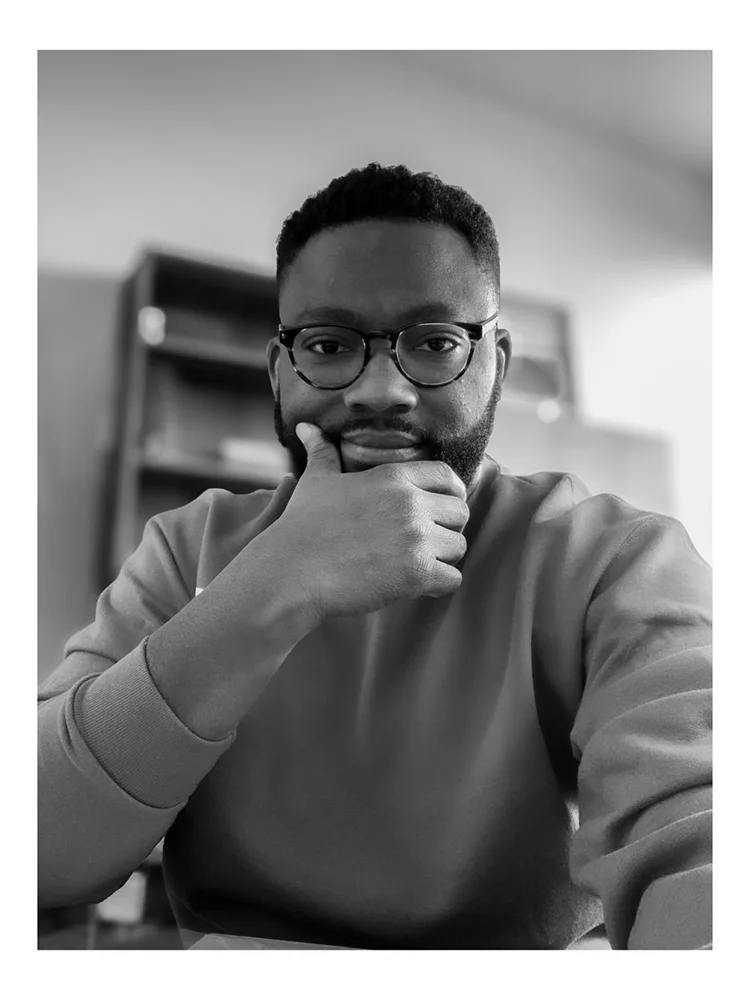Kojo Leon, is a Physicist by profession and a passionate lover of both the intricate world of Physics and the captivating realm of Street Photography and Fine Arts.
He perceives Street Photography as peaceful and a way of seeing the world in its rawest, most unfiltered form. It is about capturing the poetry of everyday life—the fleeting moments of connection, solitude, humor, and humanity that often go unnoticed.
Kojo is drawn to the streets because they are alive with stories. Every passerby, every shadow, every reflection holds a narrative waiting to be discovered. His protect work is an exploration of light, composition, and emotion.
He is challenged to be present on the streets, to observe deeply, and capture the most unfiltered and dramatic moments. Through his most recent project “Waves and Lives” that document the livelihood of fishermen in Winneba, a Coastal City in Central Ghana, he hopes to inspire others to look closer, to notice the extraordinary in the ordinary, and to appreciate the rawest moments unfolding around us every day.
Awarded Photographer of the Week - Week 31, 2025
